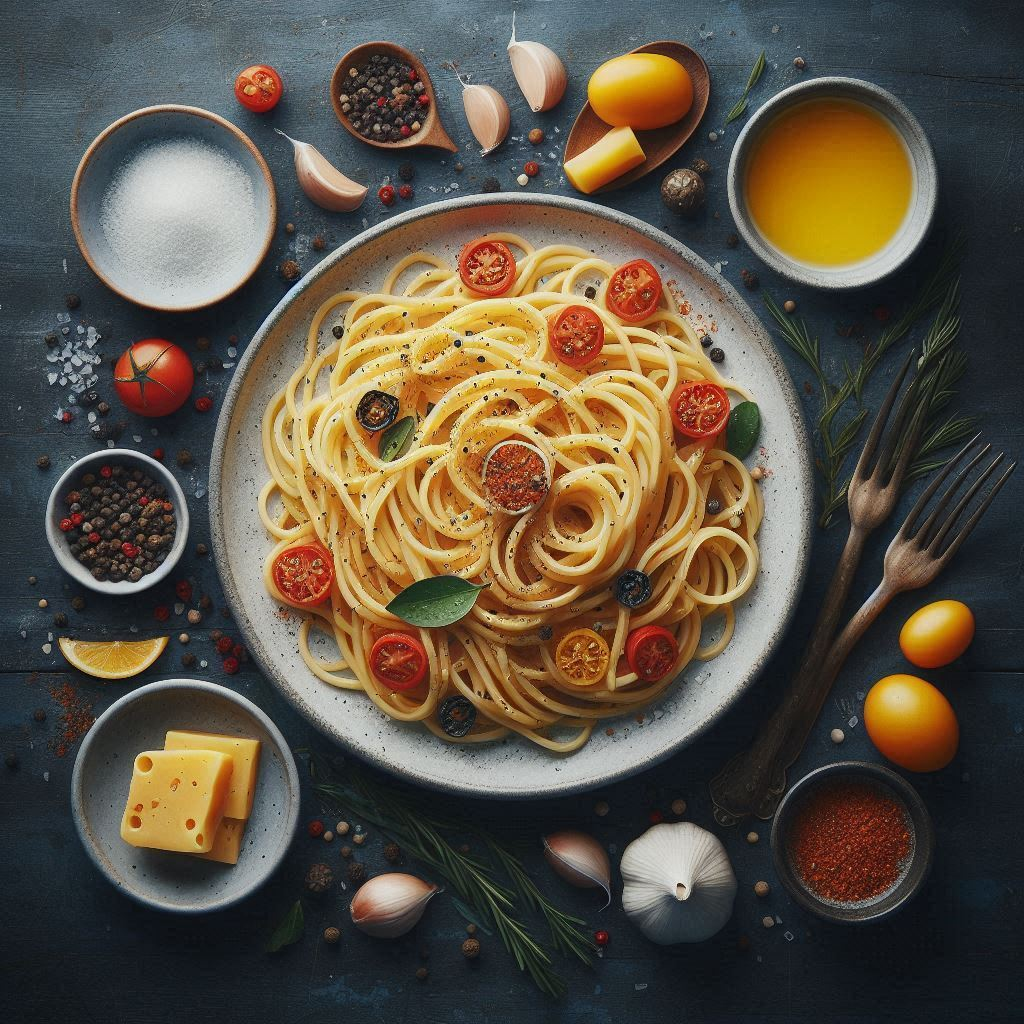
A Journey Through Time: The Story of Cacio e Pepe
Cacio e Pepe, a simple yet sublime Roman pasta dish, is a culinary testament to the power of minimalism. Its name, literally “cheese and pepper,” speaks volumes about its core ingredients, but the story behind this seemingly straightforward dish is rich and fascinating.
A Humble Beginning:
The origins of Cacio e Pepe can be traced back to the 14th century, when sheepherders in the Roman countryside would prepare a simple meal using the readily available ingredients: pecorino romano cheese and black pepper. The cheese, made from sheep’s milk, was a staple in the region, while pepper, a precious spice at the time, was brought to Rome by the Romans themselves during their conquests.
The Evolution of a Classic:
Over time, this shepherd’s meal evolved into a dish enjoyed by the Roman populace. The recipe was passed down through generations, with each family adding their own personal touch. This led to a variety of variations, with some families using different types of pasta or adding other ingredients like garlic or olive oil.
The Modern Day Cacio e Pepe:
Today, Cacio e Pepe is considered a classic Roman dish and is found on menus throughout the city. The recipe has remained relatively unchanged, focusing on the purity of flavor and the perfect balance of ingredients.
The Art of Making Cacio e Pepe: A Master Cook’s Guide
Creating a truly exceptional Cacio e Pepe requires a delicate touch and a deep understanding of the ingredients. Here’s a detailed guide to help you achieve culinary perfection:
1. The Pasta:
- Choose the right pasta: The traditional pasta for Cacio e Pepe is tonnarelli, a long, thin pasta similar to spaghetti. However, spaghetti or bucatini can also be used.
- Cook the pasta al dente: The pasta should be cooked to a firm texture, with a slight bite. This is crucial for the pasta to hold the cheese sauce properly.
2. The Cheese:
- Pecorino Romano: This is the key ingredient for Cacio e Pepe. It is a hard, salty cheese with a strong, pungent flavor.
- Grate the cheese: Use a fine grater to create a fine, powdery cheese that will melt easily into the pasta.
3. The Pepper:
- Freshly ground black pepper: Use freshly ground black peppercorns for the best flavor.
- Don’t be afraid to use a generous amount: The pepper should be bold and assertive, complementing the saltiness of the cheese.
4. The Sauce:
- The key is the heat: The pasta water plays a crucial role in creating the sauce. Reserve some of the pasta water before draining the pasta.
- Combine the cheese and pepper: Add the grated cheese and freshly ground pepper to the pasta pot.
- Slowly add the pasta water: Gradually add the pasta water, stirring constantly, until the cheese melts and creates a creamy sauce.
- Toss the pasta: Add the cooked pasta to the sauce and toss until it is evenly coated.
5. Serving and Enjoying:
- Serve immediately: Cacio e Pepe is best enjoyed immediately after it is made.
- Add a touch of black pepper: Garnish with freshly ground black pepper for an extra kick.
- Enjoy the simplicity: Cacio e Pepe is a dish that celebrates the purity of flavor. Savor each bite and appreciate the harmony of the ingredients.
A Culinary Masterpiece:
Cacio e Pepe is a testament to the power of simplicity. It is a dish that has stood the test of time, proving that sometimes the most basic ingredients can create the most extraordinary flavors. So, gather your ingredients, follow these steps, and embark on a culinary journey through the history and artistry of this iconic Roman dish.



